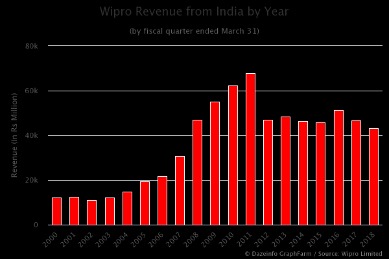Content

This is necessary because the ITEP microsimulation model’s unique identifiers for each record include geographic information only on the state of residence. Property taxes on rental property are distributed partly to property owners and partly to tenants. The analysis also includes taxes levied by some states on estates and inheritances. Of the states currently levying a broad-based personal income tax, all but nine apply graduated tax rates . Colorado, Illinois, Indiana, Kentucky, Massachusetts, Michigan, North Carolina, Pennsylvania, and Utah tax income at one flat rate. While most of the “Terrible 10” states achieve membership in this club by having no income taxes at all, two of them — Pennsylvania and Illinois — achieve this dubious honor through their use of a flat-rate tax.
- How would these two tax systems impact savings and investment?
- A regressive tax is a tax imposed in such a manner that the tax rate decreases as the amount subject to taxation increases.
- For example, California’s level of reliance on sales and excise taxes is fairly in line with the national average.
- The percentage rate increases at intervals – with seven different tax brackets currently in place.
A regressive tax system levies the same percentage on products or goods purchased regardless of the buyer’s income and is thought to be disproportionately difficult on low earners. If a high-paid person and a low-paid person both buy a chocolate bar, they will pay the same amount of tax on it, but the poorer person has spent more of their income on it proportionally.
Section 5: Progressive, Regressive, and Proportional Taxes
Social Security tax obligations are capped at a certain level of income called a wage base—$147,000 for the 2022 tax year, rising to $160,200 in 2023. An individual’s earnings above this base are not subject to the 6.2% Social Security tax. The steeper the slope of the line the more progressive the taxation and the steeper the negative slope the more regressive the taxation. The digressive tax rate line has a positive slope up to a certain bend after which it has a constant slope. Washington, Florida, and Texas have the most regressive tax systems among all states. The top 1% of earners pay just 5.4% of their salary in sales tax, while the lowest bracket pays 10.9%.

An example of a https://intuit-payroll.org/ tax is a sales tax, such as Value Added Tax in the UK. This is the system that the majority of first-world countries use as it is seen as the most fair. The income tax system in the U.S. is considered a progressive system, although it has been growing flatter in recent decades. For 2022 and 2023, there are seven tax brackets with rates of 10 percent, 12pc, 22pc, 24pc, 32pc, 35pc, and 37pc.
LOW TAXES OR JUST REGRESSIVE TAXES?
State and local governments levy taxes on real property (e.g., homes) and, in some states, on personal property such as motor vehicles. While locally-administered rates can vary substantially within a state, our analysis models a uniform statewide-average tax rate on real and personal property in each state.
It can also analyze the Regressive Vs Proportional Vs Progressive Taxes and incidence impacts of statewide policy changes in property tax, including the effect of circuit breakers, homestead exemptions, and rate and assessment caps. The analyses contained in this report show the tax incidence of singles and couples, with and without children, who are under the age of 65. Moreover, many states have rules in place that provide special tax breaks for capital gains and other income sources that are highly concentrated in the hands of the best-off 1 percent.
